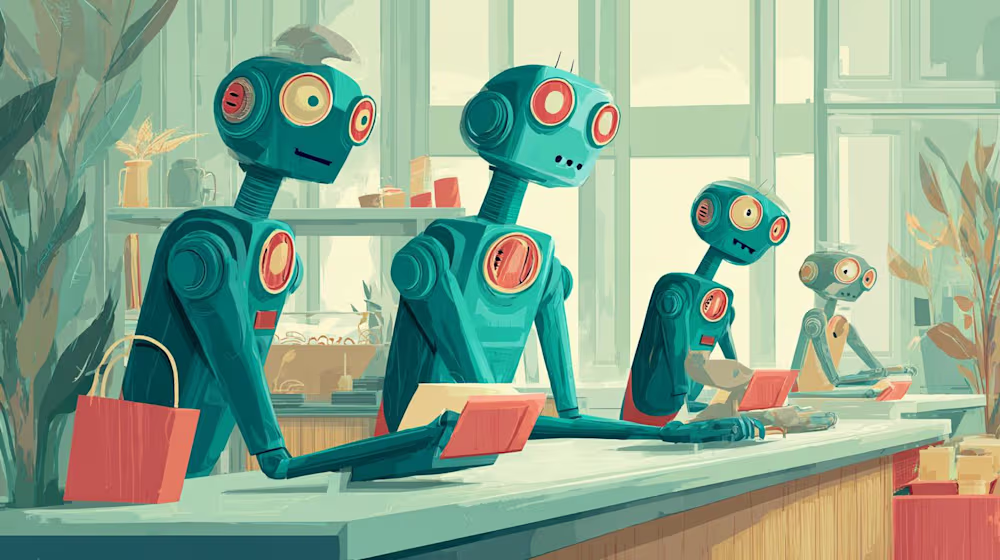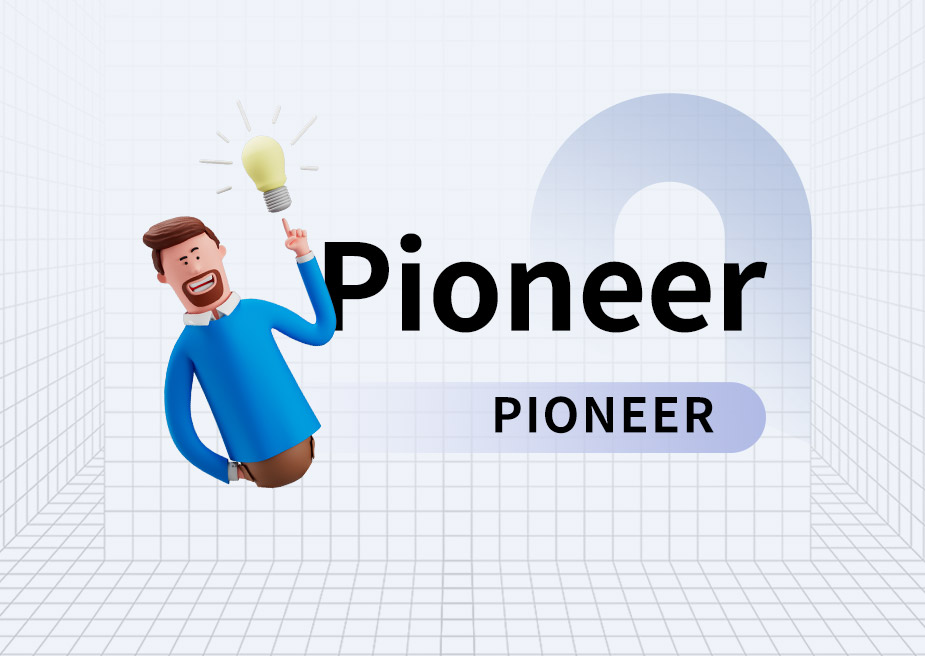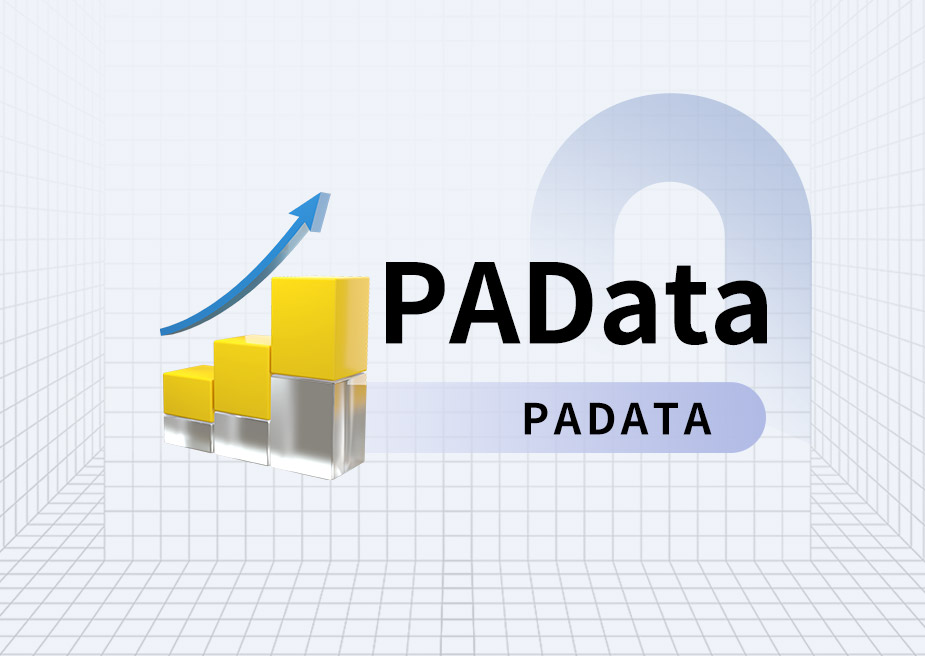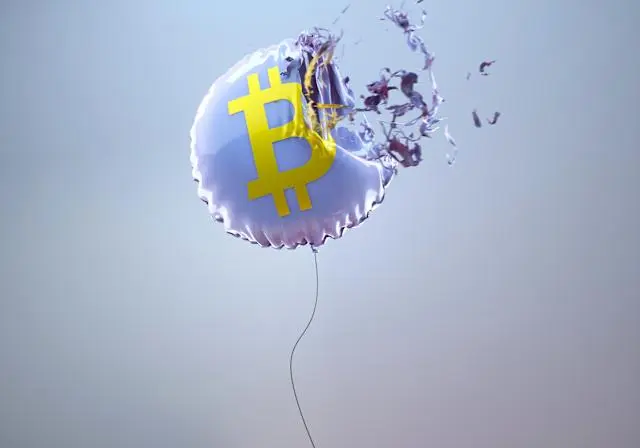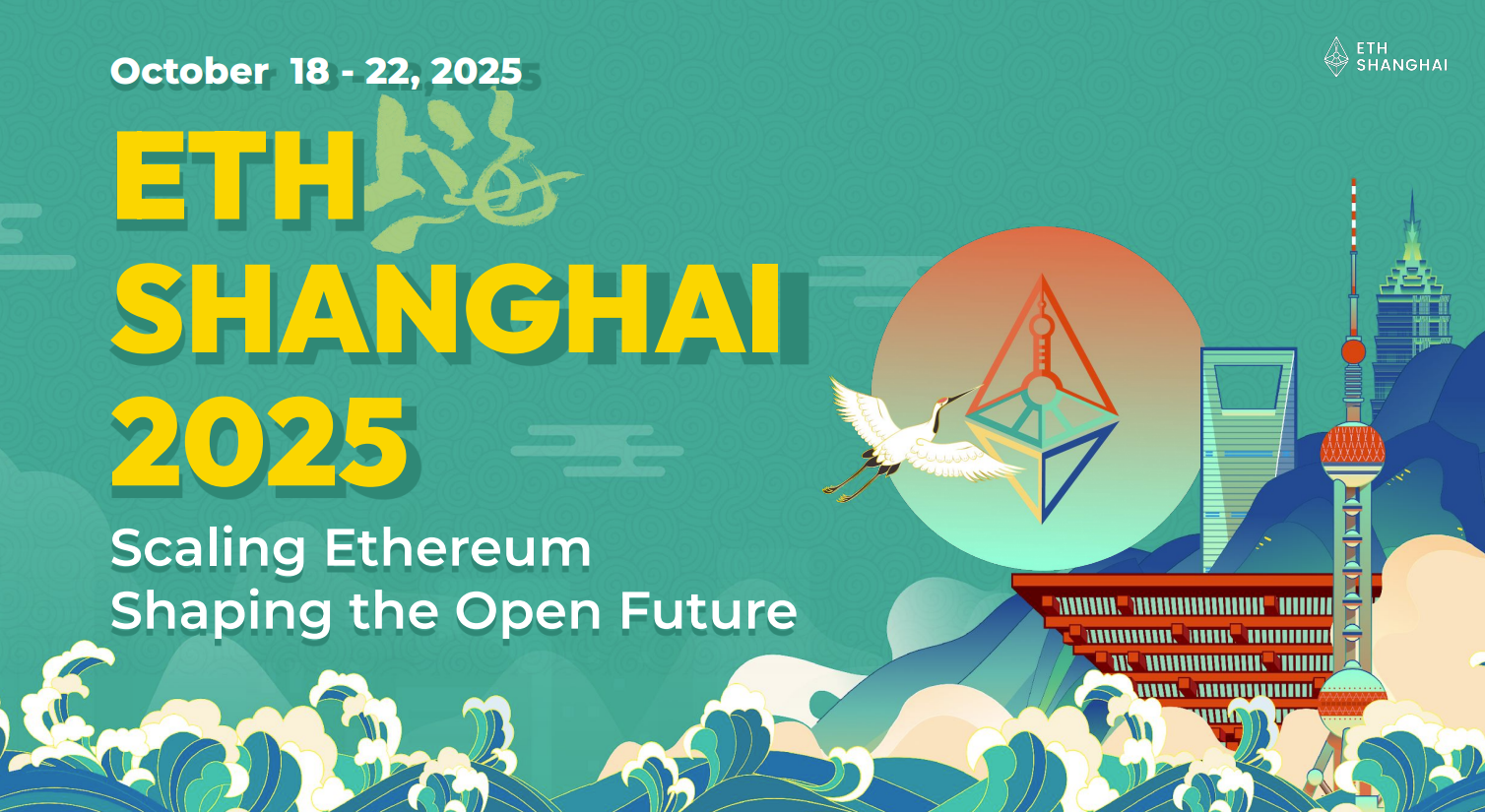Compiled by: Zen, PANews
TON was one of the most important players in the cryptocurrency industry last year.
At the beginning of this year, TON's legitimate status was reaffirmed, becoming the only designated blockchain infrastructure for the Telegram mini-program. The two parties also jointly proposed an ambitious vision to bring 30% of Telegram's more than one billion users to the TON blockchain by 2028.
While the TON ecosystem didn't generate the same level of buzz as last year surrounding this deep integration, several hot topics still emerged. Among them, the most eye-catching was the "Telegram Gifts" (similar to QQ Show) related to digital collectibles—in July of this year, hip-hop artist Snoop Dogg created limited-edition gifts featuring his avatar, which sold out nearly 1 million units within 30 minutes, generating approximately $12 million in sales.
Telegram founder Pavel Durov has also publicly described these Gifts as "native NFTs of social networks," rather than profile pictures that circulate only within the crypto community in the traditional sense.
In addition, TON continues to advance in areas such as payments, retail DeFi, wealth management , RWA, and AI, focusing on social products and IP, and upgrading the capabilities of its Mini App. The path of Telegram and TON is often compared to a "global version of WeChat ," and in this narrative, the Asia-Pacific region is crucial: it understands the "WeChat-style growth model" best and knows best how to combine mini programs, payments, and social networking to create a closed-loop business model.
PANews recently interviewed John, the Asia-Pacific head of the TON Foundation, covering topics from how he brought the first batch of Chinese-speaking teams into the TON ecosystem to the specific progress in payments, DeFi, digital identity collectibles, RWA, and AI. Regarding support for startup teams, John also mentioned that TON has a comprehensive, phased support system, internally known as the "service triangle," from early-stage projects to scalable teams.
John: Starting from Scratch with the TON Foundation
John joined the TON Foundation about three years ago, where he is responsible for the Asia-Pacific region. He and his team built all the work related to the Chinese-speaking world from scratch.
Early in his career, John worked in investment and innovation at a major internet company, giving him a diverse background. During that time, he researched sectors including e-commerce, short videos, social media, and even online education . His work also provided him with extensive experience and research into the WeChat ecosystem. "In fact, the WeChat ecosystem has spawned many unicorn companies, some of which eventually became very large global companies. The most typical examples are Pinduoduo, and later companies like Yunji Weidian, Waterdrop Crowdfunding, Youzan, and Weimob, which were listed on the NYSE," John added.
"This experience was actually one of the most important reasons why I later joined the TON ecosystem," John revealed. At the time, he felt that the TON ecosystem might have some similarities to the WeChat ecosystem in the future. On the other hand, he gradually became doubtful about the values and growth potential of the Web2 business model, so he switched to Web3, initially working on listing and investment at an exchange.
In 2022, the TON Foundation was newly established and was looking for someone who understood both Web2 and Web3 and had experience in investment and business. John was a good fit and joined the team. "At that time, TON was starting from almost nothing. Even the Telegram built-in wallet that everyone is familiar with had not yet been launched, but I thought that the early stage was the best time to join."
In addition to the reasons mentioned above, John stated that he also has a "sense of mission" at TON—in 2021, China had approximately 7 million mini-programs and 3 million mini-program developers. If even 10% of these could be converted to the Web3 world, it would represent a huge incremental growth. He hopes to bring outstanding mini-program and WeChat ecosystem entrepreneurs to TON to serve global users. In fact, by 2024, the Telegram mini-program ecosystem had already generated over $1 billion in revenue for third-party developers.
TON's star products emerge in the Chinese-speaking region
As the head of the Asia Pacific region, John's main responsibilities include business development for major projects, supporting and incubating ecosystem teams, and team building. In addition, John and his team are also responsible for event sponsorships, regional operations, and keeping the needs and progress of Chinese-speaking developers in real-time with headquarters.
"So we have another task, which is to keep telling the Dubai headquarters: What do the Chinese-speaking startup teams really care about? How should we survive and thrive in this complex and huge market?" Over the past three years, on the one hand, the Chinese-speaking team has built trust internally, and on the other hand, a number of projects have successfully stood out in the TON ecosystem.
The most representative example is Catizen, a Telegram game with a cat theme. "I personally brought this project in," John said. The team itself came from the WeChat mini-game ecosystem and was very familiar with the distribution logic of mini-programs and the propagation mechanism of social networks. They were initially on Solana, but there were occasional on-chain glitches at that time. After switching to TON, they grew rapidly, and their token has been listed on major exchanges such as Binance.
John pointed out that between the end of 2022 and 2023, he personally spoke with at least 200 Chinese-speaking teams. However, in the end, probably fewer than 10 were willing to build on the TON ecosystem. In 2023, TON was still in a very early and arduous stage, with little reputation, few teams, and few developers.
He stated, "A significant surge in growth didn't occur until 2024. Frankly, the vast majority of Chinese-speaking users only truly became familiar with TON around 2024." After Tap2Earn's model gained popularity, numerous other L1/2 exchanges connected with mini-games, bringing tens or even hundreds of millions of new users to major exchanges through token listings. However, due to the closed nature of overseas internet platforms compared to WeChat, they didn't react promptly. When exchanges noticed a decline in new users, they stopped listing TON, causing its initial surge in popularity to fizzle out. Instead, it helped other L1/2 exchanges gain a large number of users and assets.
Payment integrates the TON ecosystem
In the second quarter of this year, the TON Foundation identified five key vertical sectors to focus on supporting: payments, DeFi, GameFi, in-app economy, and AI Agent.
John believes that payment is the "foundation of foundations" in the WeChat ecosystem, and the TON ecosystem follows the same logic. He points out that TON is currently focusing on three areas to find startup teams: convenient transfers between friends and an "on-chain red envelope" mechanism, allowing users to complete signatures and send/receive assets in Telegram groups; access to global deposit service providers and USDT bank cards to lower the barrier to entry for newcomers; and promoting cross-border trade B2B settlement by embedding stablecoins into foreign trade payment processes to serve overseas merchants.
“Chinese people actually understand this the easiest, because WeChat Pay is the very foundation of the WeChat ecosystem,” John said. He explained that payment is the essential foundation that must be built in the TON ecosystem. Only when this foundation is in place can commercialization truly take off. John added that the foundation is currently designing gas-free stablecoin on-chain transfers, eliminating user concerns about gas fees. Furthermore, they are actively seeking fiat currency deposit partners from around the world.
To facilitate smoother transfers of assets on TON between friends, some teams have already implemented "on-chain signature red envelopes" based on the TON wallet . Users can set up a red envelope pool, send a mini-program bot to a group, and group members can click to grab cryptocurrency.
He pointed out that many people misunderstand that WeChat Pay's main application scenario is offline consumption, but in fact , about 80% of the transaction volume comes from peer-to-peer transfers between friends, group red envelopes and other "social payments", while only about 20% is offline payment or online shopping payment.
Therefore, he believes that TON is naturally embedded in the Telegram super social network, and this "social fund flow" is an advantage that other blockchains do not have. So TON will continue to cultivate this field, not only by promoting its own products, but also by encouraging more teams to create mini-programs or bots for red envelopes and transfers, to expand social C2C payments . At the same time, USDC is also ready to be launched .
DeFi: Financial Management for Ordinary Users
In the DeFi field, John pointed out that TON has a very clear positioning for DeFi this year: it is "on-chain financial management for ordinary people " (Retail DeFi), similar to "stable return" products like Yu'ebao, rather than high-risk games.
Now, opening the TON wallet in Telegram reveals an "Earning" section with several products already listed. For example, USDe (USEe) has been issued on TON, with a current TVL exceeding $200 million. The normal annualized return is around 6% to 9%, but during the early promotion phase, subsidies were offered, bringing the annualized return to 16% to 19%. John stated that the first round of subsidies has ended, and the next round will be linked to "social referrals." "Using multi-level social referrals to attract new users is a path that perfectly aligns with TON's social distribution advantages."
In addition to stablecoin yield products, TON has also launched tokenized gold assets this year, packaging them as a yield-generating asset option within wallets. Next, TON will also tokenize Telegram's corporate bonds as RWA assets . John revealed that TON has been working on this with institutional investors for several months, aiming to include it in "Earnings" so that ordinary users can directly allocate it. Furthermore, interest-bearing assets on the TON chain can now be used as collateral for DeFi lending protocols on TON .
In terms of DEX, TON has also completed the integration of both CFMM and CLMM models. John stated that the TON ecosystem now has a CLMM-based DEX called TONCO. Although the project launched relatively late, it already accounts for 32% of the TON ecosystem's DEX market share, with cumulative fee revenue exceeding $1 million and trading volume exceeding $430 million , making it one of the core liquidity gateways.
"So this year, the DeFi field has completely completed its foundation, including Lending, CDP, LSD, stableswap, Bridge, Prep DEX, Vaults, and even the Chainlink oracle, which will be officially launched early next year ," John said. The next step is to repackage these complex "DeFi Lego bricks" in a more accessible way, and with social recommendations, turn them into financial products that ordinary users can understand at a glance and are willing to use with one click.
Telegram Gift: IP Assets and the Digital Identity Economy
In the interview, John emphasized Telegram Gifts, which is also one of the hottest trends in TON this year.
Gift is not a static profile picture, but a complete set of wearable and displayable "digital identity collectibles": it can be worn on a user's Telegram profile page and add a unique theme background to the chat window.
John stated that popular items like the "Plush Pepe," which currently have a floor price approaching $10,000 and have seen a maximum increase of approximately 400 times, only number around two thousand. Its value stems from two points: scarcity and social status symbolism. As the popularity of Gifts continues to rise, numerous secondary market mini-programs for Gifts have emerged within the TON ecosystem. "Later, the official platform created its own secondary market, but interestingly, third-party mini-programs within the ecosystem actually achieved higher transaction volumes." Currently, the Gifts market size has reached several hundred million US dollars.
“We are now working to gradually put all these Gift transactions on the blockchain for ownership verification,” John said. Some mini-programs in the TON ecosystem can already trade these Gift NFTs directly on the blockchain. The core of this change is that when a Gift goes from a “small gift worth tens of dollars” to a “scarce asset worth tens of thousands of dollars,” users will naturally care about whether it has on-chain ownership verification and whether they truly own the asset.
“We have a well-developed secondary market mini-program in our ecosystem called Tonnel, which supports order placement, bidding, and instant execution for each Gift,” John added. Around these rare Gifts, financial applications have even emerged: some people use high-priced Gifts as collateral, like a pawnshop, to exchange them for USDT; others rent out Gifts to earn rental income. This type of business was initially called GIFI Auction, but because most ordinary Telegram users didn't understand DeFi, it was later renamed Rent to make the rental mechanism more directly understandable to users.
In addition to Gifts, TON has also turned Stickers, a lighter asset, into NFTs, which can be used directly on Telegram. Well-known IPs like Azuki and Fat Penguin have already released their own Sticker NFTs on TON. Furthermore, the recently launched TON NFT 2.0 protocol allows NFT issuers to set royalties for future secondary market transactions, ensuring IP owners continue to receive NFT secondary transaction royalties and better incentivizing IP creators. To this end, the foundation has also created an official Sticker store, Fuse, to support this NFT 2.0 protocol .
John pointed out that after the Fat Penguin Sticker was released, the campaign continued, with the launch of a co-branded mini-game . "This echoes a trend we've been seeing: within the WeChat mini-game ecosystem, WeChat is now promoting IP-co-branded mini-games. The reason is simple: on the one hand, IPs bring their own traffic, making customer acquisition cheaper; on the other hand, IPs can extend the lifespan of mini-games and improve natural user retention rates ."
Companionship, rental, and transaction services under the AI agent economy
The integration of AI with blockchain and cryptocurrency has always been a key area of exploration for the industry. Telegram is, in fact, the most natural large-scale internet platform to integrate chatbots—possessing the world's best-in-class bot API. John stated that some "AI species" have already emerged within the ecosystem—bots that interact with 1 billion users through the chat interface and are powered by large models, and their development is progressing faster than officially anticipated.
For example, within the TON ecosystem, there's an application called StarAI (https://t.me/TheStarAIBot) , which features AI companion characters. Users can customize their characters according to their preferences, training their personality and speech patterns, and then chat with them; they can also directly choose pre-trained AI characters from other users to interact with. Once the chat progresses to a certain stage, a payment is triggered, which is completed through on-chain transactions on the TON wallet.
When users feel that the characters they create are valuable, they can mint them into on-chain NFTs. "It's like you're not just a player, but also an agent. You can discover and refine an AI personality with market value, like a scout, and use that personality to chat with others and earn money, with the creator participating in the revenue sharing. If someone sees the long-term value of this character, they can even buy the entire character as an IP NFT and store it in their TON wallet on Telegram."
This is essentially an "agent economy," meaning the AI characters themselves are commodified IPs that can be operated, profited from, and resold. John stated that the StarAI team has been operating for over a year, generating real revenue (without issuing tokens) and boasting a stable user base of hundreds of thousands of active users. He believes this is crucial—it demonstrates that on TON, some people are already earning money through pure product services, rather than by issuing tokens to exploit users.
In addition, at the Blockchain Life conference in Dubai last Wednesday, Telegram's founder announced the launch of the Cocoon (Confidential Compute Open Network) protocol, a decentralized network that securely and privately executes AI inference computations. Through this network, AI application developers can use TON tokens to pay GPU owners for processing inference requests. Telegram itself will be the first major customer to use Cocoon to process confidential AI requests.
Based on Cocoon, AI developers gain access to low-cost computing power and use user data without infringing on user privacy, GPU suppliers receive TON tokens in return, and users enjoy AI applications without giving up their privacy data.
AI application developers can now simply send a private message via this link with the model they plan to use (such as DeepSeek, Qwen, etc.), their desired daily request volume, and average token input/output scale. GPU owners who want to earn TON tokens by contributing computing power can also send a private message via this link with the number and model of GPUs they wish to provide (such as H200), VRAM, and machine working hours.
John stated, "The network will go live this month. From then on, users will no longer need to rely entirely on training models that can steal data privacy and centralized large model companies that manipulate user behavior."
At the same conference , Pavel Durov also announced that he will be more involved in the core technology of the TON blockchain next year, as well as other exciting news.
Doing "low-risk, stable-return" RWA
"Regarding RWA, one of the directions we're currently working on is Telegram corporate bonds," John said. The general idea is to tokenize Telegram's already issued high-quality corporate bonds, which are backed by numerous top global investment institutions and offer annualized returns of 8-10%, and map them onto the TON blockchain. This will create on-chain assets that can be held and traded, and then placed in the TON wallet, offering them to users like investment products. This product is expected to be fully launched to users by the end of this year or early next year, and users can also use it in the TON ecosystem's DeFi protocols to obtain higher returns.
"This is just the first step. We will also introduce more traditional financial assets. For example, we are working with Backed Finance and Kraken to gradually launch tokenized US stocks and ETFs in TON wallets in different regions around the world. This is a type of 'highly recognizable' asset that is easiest for ordinary users around the world to understand. But we will not only focus on traditional Wall Street assets. We are also exploring some non-standard RWAs that are more integrated with our ecosystem."
John revealed that a team in Hong Kong is developing a ride-hailing mini-program. Their idea is to break down the "future autonomous vehicle fleet" into a revenue-generating asset that can be purchased in advance. Today's taxi drivers can buy these "fleet shares" in advance, and once the fleet is actually on the road and running fares, drivers can receive income based on a share of the revenue, thus avoiding the impact of future unemployment caused by autonomous driving.
In theory, this could allow drivers to gradually shift from "trading time for driving" to "owning means of production and enjoying a share of the profits." We break down the revenue rights of a vehicle or fleet in the real world into holdable revenue certificates, allowing drivers, as laborers, to become "shareholders" in advance.
"So for us, RWA is not simply about putting Wall Street assets on the blockchain. It can also be about tokenizing AI machine assets that have a huge amount of productivity in the real world, allowing ordinary participants to hold the right to the benefits."
John also stated that TON's standards for RWA are completely different from the traditional DeFi approach of "the higher the yield, the better." TON's main users are Telegram users, not necessarily veteran cryptocurrency players. They are more concerned with security and stability, and avoiding a USDe-style price decoupling like on October 11th. Therefore, what we want to do is create an asset that they can understand and trust.
Developer support and the "service triangle"
The Asia-Pacific region boasts a large number of excellent developers, and TON launched the Telegram 2C App Accelerator Bootcamp this year to nurture high-quality mini-game projects in the region. John stated that the mini-game accelerator/bootcamp is just one part of its support for developers and entrepreneurs.
“We actually have a complete support system for projects at different stages around the world. Internally, we figuratively call it a service triangle. From early-stage projects to scalable teams, there are different levels of support.”
John stated that the lowest level consists of teams newly entering the ecosystem—those still developing their products, or even just at the idea or pre-MVP stage. Workshops, small competitions, pitch events, and offline hub activities are the most suitable platforms for these fledgling teams. Teams with time can also join the incubator TON Nest.
Moving up to the second level, we reach the "growth stage," which includes teams that already have an MVP and a viable product. At this stage, support upgrades from basic onboarding to mentorship. Simply put, it's a combination of mentorship, official endorsement, and resource matching. For example, how to get verified on Telegram's official WeChat account/bot/mini-program, and how to secure exposure in the Telegram mini-program store. The goal of this level is to "bring the product to the forefront," transforming it from a good idea/demo into a project with a recognized identity and credible backing.
Moving up to the third level is the scaling phase. This phase basically corresponds to teams that have already established themselves and are starting to scale up. Support at this level is closer to "one-on-one resource outreach": this includes securing foundation funding, directly connecting you with top-tier VCs, arranging higher-level marketing, and transforming you into a "representative project of the TON ecosystem." This level primarily consists of Champions, which are also TON's key investment projects.
John revealed that TON plans to relaunch its global hackathon next year, with internal planning already underway and the goal of making it even better than previous years. "This year we didn't hold a large-scale hackathon to free up resources for next year's event, aiming to create a more complete and systematic version. "
“But the most important thing next year will definitely be the various AI agent bots within the Telegram ecosystem. Because for any ecosystem, the founder decides the most important direction. And Telegram has the world’s best bot development ecosystem and hundreds of millions of users who want to protect their privacy data.” John said he believes that AI projects, combined with Pavel’s latest proposal to protect user privacy data through AI inference mining, will become the latest trend in the TON ecosystem.
"Therefore, we hope to find more AI-related projects to thrive on Telegram, especially AIGC-driven prediction markets within the social private domain, which can satisfy the regional mid-to-long-tail markets that have not been met by centralized Polymarket/Kashi."


